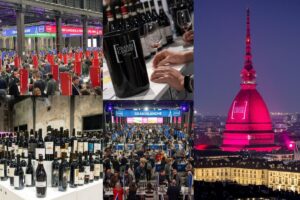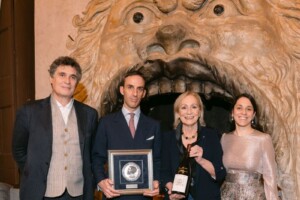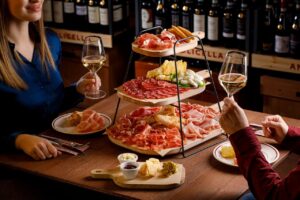Why is the price of great wines so far from real production costs? This is the question that Jérôme Baudouin asked in his investigation titled, “The true price of the great bottles”, published in the February issue of the prestigious ‘Revue du Vin de France’.
He immediately took on the large French producers Moët & Chandon, Petrus, and Roumier, analyzing the diversity in company size, the distribution and packaging methods, marketing investments and earnings.
Moët & Chandon benefits from the large volume production of its Dom Pérignon, while the Maison Moueix has the exclusive commercialization of Petrus, recuperating the value of speculation created by the Cru of Bordeaux. Contrarily, and despite a decidedly high price, Christopher Roumier of Domaine Georges Roumier, does not profit entirely, in economic terms, from the success of his wine.
These are examples of three wines with three decidedly different economic methods but which all, obviously, represent a winemaking elite that is internationally unique.
With production estimated at five million bottles, the prestigious Cuvée Millesimé Dom Pérignon (produced only seven times between 1991 and 2000) is the most important bottle made by Moët & Chandon, which counts over 1,100 hectares of vineyards in Champagne. It is estimated that from one hectare of vineyard 8,800 bottles are produced at a cost of 2.30 euros per bottle (with a total rendering of about 65 hectoliters per hectare). One hectare of vineyard in Champagne is valued, on average, at one million euros, and the cost of its depreciation in fifty years is 2.30 euros. Vinification and bottling (about 2 euros per bottle) must then also be added to these costs, ageing (which obliges a millesimé to be aged for at least seven years), and a 5% annual mark-up, which brings the cost of production to 9.28 euros per bottle. There are also the administration, commercialization, and stipends (Moët & Chandon counts a total 1,100 employees) to be covered, which can be broken down to another 3 euros per bottle. And, on average, marketing costs oscillate from between 25 and 50 million euros for each release of Dom Pérignon, adding another 5 to 10 euros per bottle. In the end, a bottle of Dom Pérignon costs a grand total of between 17.28 and 22.28 euros. The end sales price is around 129 euros. If the VAT tax is subtracted then a profit of 38 euros is made with each bottle, for a grand total of 190 million euros.
Another example of solid profit is that of Petrus, whose end sale price is 450 euros (taxes excluded). 30,000 bottles are produced each year making it a true gem for the Moueix family who own the Château. The expanse of vineyard is fairly modest, about 11.5 hectares. According to the National School of Agronomy of Bordeaux, the cost of land in this area is 12,770 euros per hectare per year. But the Petrus vineyards are particularly well maintained and their cost is decidedly superior (15,000 euros per hectare per year), which is the equivalent of 5.70 euros per bottle. The costs of vinification and ageing add another 4 euros per bottle, and the use of special bottles with sophisticated anti-fraud labels ups the bottles by another 8 to 10 euros, bringing the total production cost to between 17.70 and 19.70 euros per bottle. Administrative costs, commercialization, and stipends (120 employees including those who work at Magdelaine and La Fleur-Petrus), must then be added, reaching a final total of 30 euros. The Moueix family is also simultaneously “negociant” and owner of the Château, therefore, they possess the exclusivity for the distribution of their wine. This concomitance allows Petrus to save about 20-30% from costs that would normally go to external negociant. Petrus 2005 even reaches a final sales price of 4,500 euros per bottle in some wine shops.
The final example is Roumier, whose Musigny Grand Cru 2006 has a total production of just 450 bottles and an average final shop price of 1,500 euros per bottle. Georges Roumier produces this wine from barely 1,000 meters of vineyard and the production cost per bottle is 5.50 euros, to which 11.30 euros must be added for ageing, 3.50 for bottling, and another 3.50 for administration, commercialization, etc., bringing the final cost to 30 euros per bottle.
Copyright © 2000/2025
Contatti: info@winenews.it
Seguici anche su Twitter: @WineNewsIt
Seguici anche su Facebook: @winenewsit
Questo articolo è tratto dall'archivio di WineNews - Tutti i diritti riservati - Copyright © 2000/2025








































































































































































































